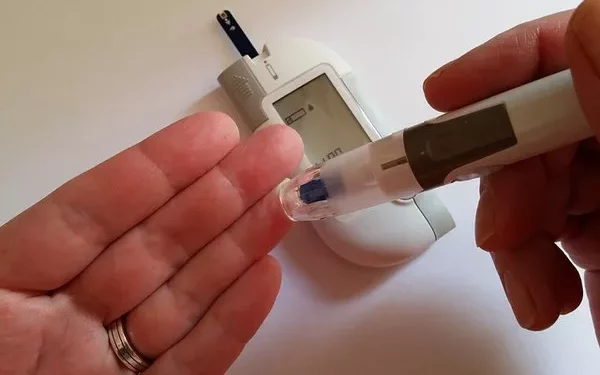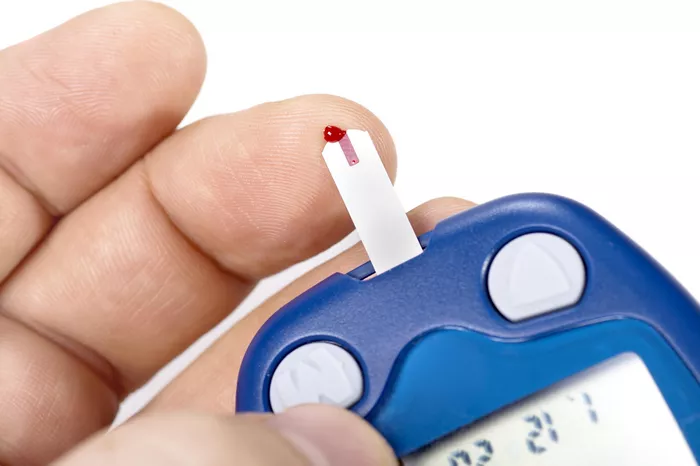Blood sugar monitoring is an invaluable tool for anyone at risk of developing diabetes, especially those in the prediabetic stage. As prediabetes can often go undiagnosed due to the absence of clear symptoms, regular monitoring is crucial. But the timing and frequency of blood sugar checks depend on various factors, including your current health condition, lifestyle choices, and guidance from your healthcare provider.
In this article, we will explore the importance of blood sugar monitoring, the various situations in which prediabetics should check their blood sugar, and how to interpret the results to effectively manage and even reverse prediabetes.
Understanding Prediabetes and Blood Sugar Levels
Before diving into the details of when to check your blood sugar, it’s important to understand what prediabetes is and how it affects your body. Prediabetes occurs when your blood sugar levels are higher than normal but not yet high enough to be diagnosed as type 2 diabetes. This stage is often referred to as an “intermediate” stage because it offers a window of opportunity to intervene and prevent the full onset of diabetes.
Your blood sugar level is measured through a fasting blood glucose test or an A1c test, which reflects your average blood glucose levels over the past two to three months. A normal fasting blood sugar level is below 100 mg/dL, while prediabetes is diagnosed when your fasting blood glucose is between 100 and 125 mg/dL. An A1c level of 5.7% to 6.4% suggests prediabetes.
At this stage, monitoring your blood sugar becomes essential to ensure that it doesn’t reach the levels associated with type 2 diabetes. Regular monitoring helps you track fluctuations and take action before the condition worsens.
Key Factors to Determine When to Check Blood Sugar
Several factors influence the timing and frequency of blood sugar monitoring for prediabetic individuals. While some people may need to check their blood sugar more frequently, others may only need to do so occasionally. These factors include:
Your Risk Profile: Individuals with a higher risk of progressing to type 2 diabetes may need to check their blood sugar levels more often. Risk factors include obesity, a sedentary lifestyle, a family history of diabetes, and being over the age of 45. If you have a higher risk, regular monitoring can help you spot potential spikes in blood sugar before they become problematic.
Dietary Habits: The food you eat plays a significant role in how your body processes glucose. Foods high in carbohydrates, refined sugars, and processed foods can cause rapid spikes in blood sugar. If you tend to eat meals with higher sugar or carbohydrate content, monitoring your blood sugar after meals can provide insight into how your body responds and help you make healthier dietary choices.
Exercise Routine: Physical activity has a direct impact on blood sugar levels. Exercise helps your muscles use glucose more efficiently and can lower blood sugar levels. However, the timing and intensity of exercise can cause fluctuations in your glucose levels. Checking your blood sugar before and after exercise can help you understand how different types of physical activity affect your blood sugar and assist in planning your workouts accordingly.
Medications and Treatment Plans: If you’re on medication to manage prediabetes or have been advised to take certain supplements, the timing of your blood sugar checks may change. Some medications, such as metformin, can help lower blood sugar levels, while others may cause blood sugar to drop too much. It’s important to monitor how your body responds to these medications, and your doctor can provide specific guidance on when to check your blood sugar.
Symptoms of High or Low Blood Sugar: While prediabetes often does not present noticeable symptoms, some individuals may experience early warning signs of high or low blood sugar. Symptoms of high blood sugar (hyperglycemia) include increased thirst, frequent urination, and fatigue, while low blood sugar (hypoglycemia) may cause shakiness, confusion, or dizziness. If you experience any of these symptoms, it’s important to check your blood sugar right away to determine whether it’s too high or too low.
Lifestyle Changes: Significant lifestyle changes, such as weight loss, dietary changes, or changes in physical activity levels, can impact blood sugar control. Regular monitoring can help you assess how these changes are influencing your blood sugar levels and help guide further adjustments.
Optimal Times to Check Blood Sugar for Prediabetics
While the specific timing of blood sugar checks may vary depending on individual circumstances, there are several key times when prediabetics should consider checking their blood glucose levels. Here’s a closer look at some of the most important times to monitor your blood sugar:
Fasting Blood Sugar (Morning Check): Checking your blood sugar first thing in the morning, before you eat or drink anything, provides a baseline measurement of your blood sugar levels. This is often the best time to assess how well your body is managing blood glucose overnight. If your fasting blood sugar is consistently high, it may indicate that your body is not processing insulin effectively, which can be an early sign of worsening prediabetes.
Before Meals: Monitoring your blood sugar before meals can provide insight into how your body handles glucose and how your insulin levels are responding. If your pre-meal blood sugar is consistently high, it may be an indication that you need to adjust your diet or medication regimen to prevent blood sugar spikes after meals.
After Meals: One of the most important times to check your blood sugar is two hours after eating. This is when blood sugar levels typically peak, and checking at this time can help you understand how specific foods are affecting your glucose levels. Ideally, your blood sugar should return to normal levels within two hours after eating. If your blood sugar remains elevated, it may indicate that your body is struggling to manage the glucose load from your meal.
Before and After Exercise: Blood sugar levels can fluctuate with physical activity. Monitoring your blood sugar before and after exercise can help you assess how exercise affects your body’s ability to process glucose. For some individuals, exercise can cause a drop in blood sugar, while for others, it can result in an increase due to the release of stress hormones. Keeping track of these fluctuations can help you adjust your exercise routine accordingly.
When Experiencing Symptoms: If you begin to notice symptoms of high or low blood sugar—such as increased thirst, frequent urination, fatigue, shakiness, or dizziness—check your blood sugar immediately. This can help you determine if you need to take action, such as eating a snack to raise low blood sugar or adjusting your medication if blood sugar is too high.
During Illness: Illness or infection can affect blood sugar levels, especially for individuals with prediabetes. During times of illness, it’s important to check your blood sugar more frequently to ensure it remains within a healthy range. Illness can trigger the release of stress hormones, which can raise blood sugar levels. Additionally, you may be less active and may not be eating properly, which can further affect glucose control.
When Making Lifestyle Changes: If you’re making significant changes to your diet, exercise routine, or medications, it’s important to monitor your blood sugar more frequently to understand how these changes are impacting your glucose levels. Tracking your blood sugar during this time can help you make adjustments as necessary.
How to Use Blood Sugar Monitoring Effectively
Monitoring your blood sugar is only useful if you know how to interpret the results and take appropriate action. Here are some strategies for using blood sugar monitoring effectively:
Keep a Log: Keep a record of your blood sugar levels, along with details such as the time of day, what you ate, your physical activity, and any medications you took. This will help you and your doctor identify patterns and make more informed decisions about your treatment plan.
Work with Your Doctor: Your healthcare provider can help you determine how often you should check your blood sugar and what the target range should be. Regular visits to your doctor for checkups and lab tests, including HbA1c testing, will help monitor your progress and adjust your care plan as needed.
Consider Continuous Glucose Monitoring (CGM): For individuals who need more detailed insights into their blood sugar fluctuations, continuous glucose monitoring (CGM) systems can be an excellent tool. These devices track blood sugar levels throughout the day and night, providing real-time feedback on how food, exercise, and other factors affect your glucose levels.
Conclusion
Prediabetes is a critical stage in the progression toward type 2 diabetes, and regular blood sugar monitoring is one of the best ways to prevent this progression. By checking your blood sugar at the right times—such as before and after meals, during exercise, and when experiencing symptoms—you can gain valuable insights into how your body is managing glucose.
Working with your healthcare provider to establish a monitoring routine and understanding how your lifestyle affects your blood sugar is essential in managing prediabetes. By taking proactive steps and making adjustments based on your blood sugar readings, you can prevent or delay the onset of type 2 diabetes and live a healthier, more balanced life.
Related topics:
What’s the Perfect Fasting Blood Sugar Level



























